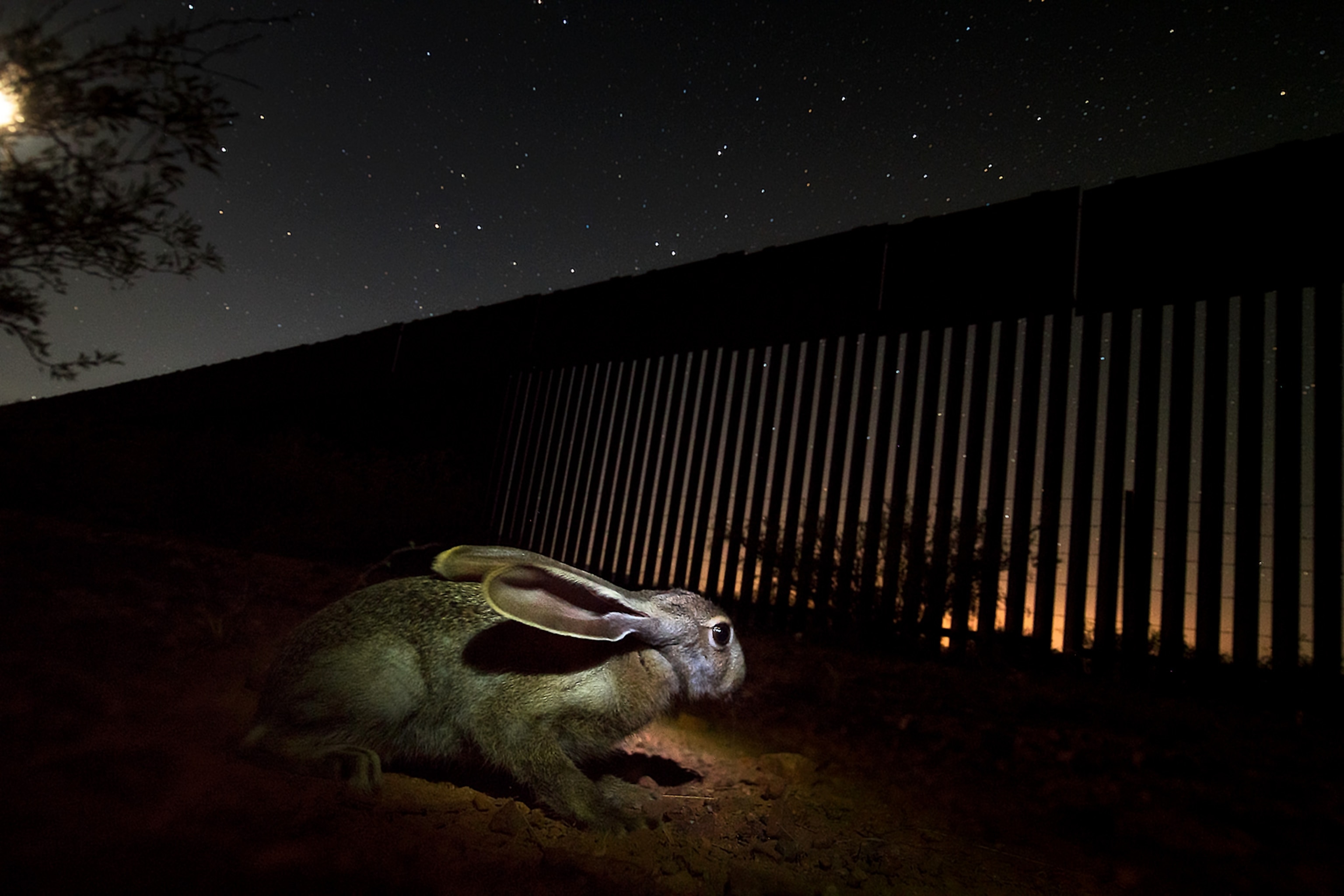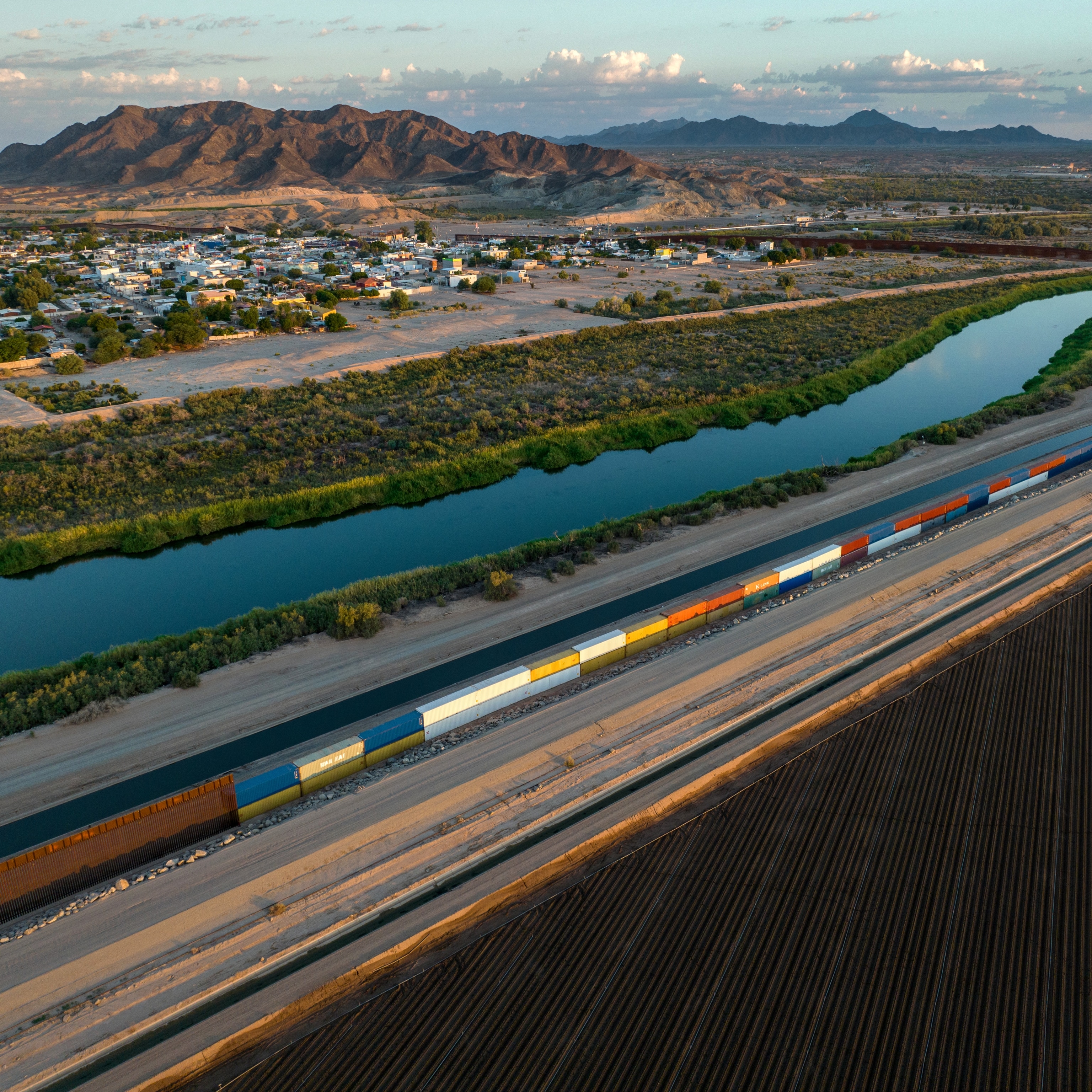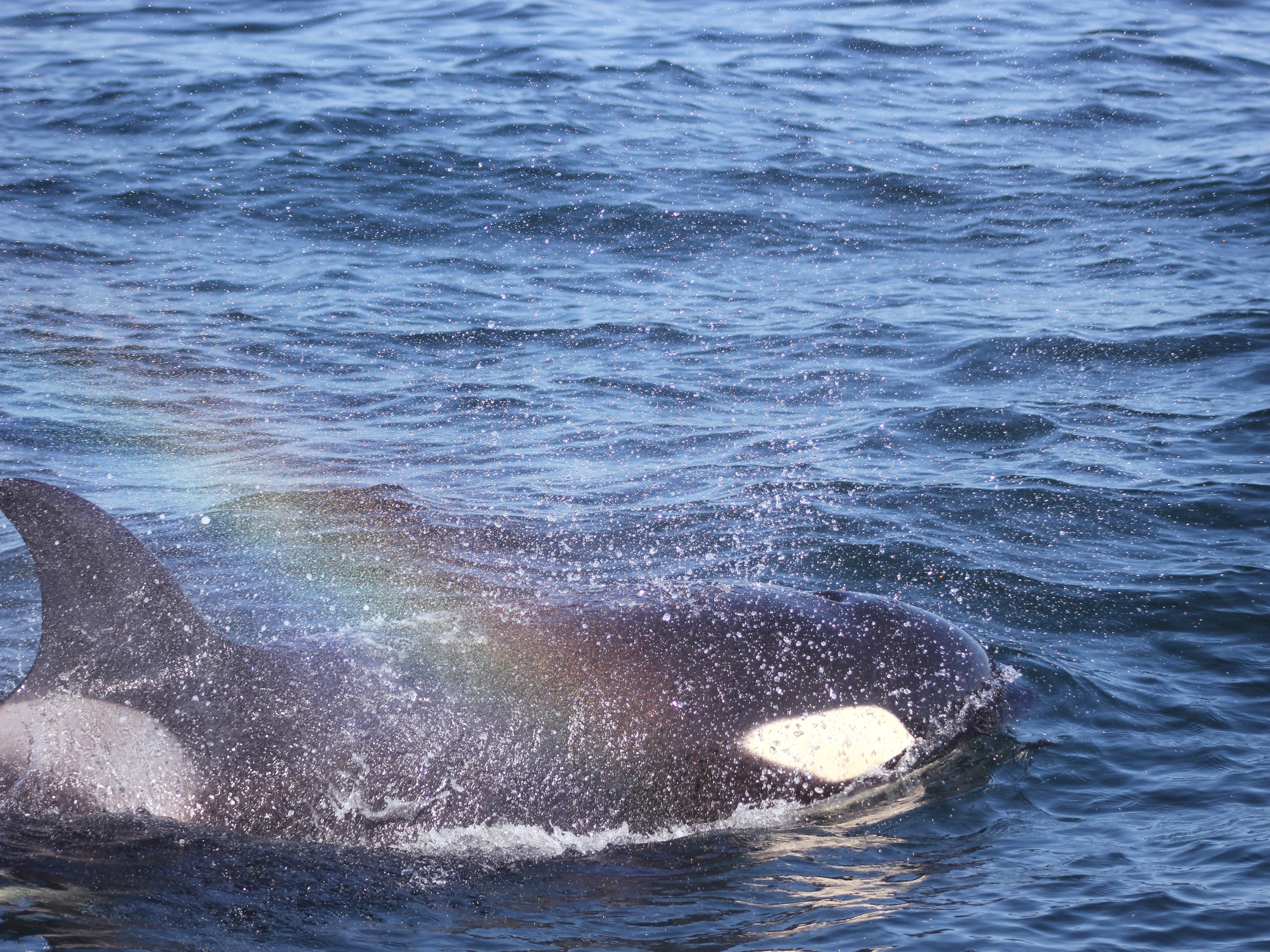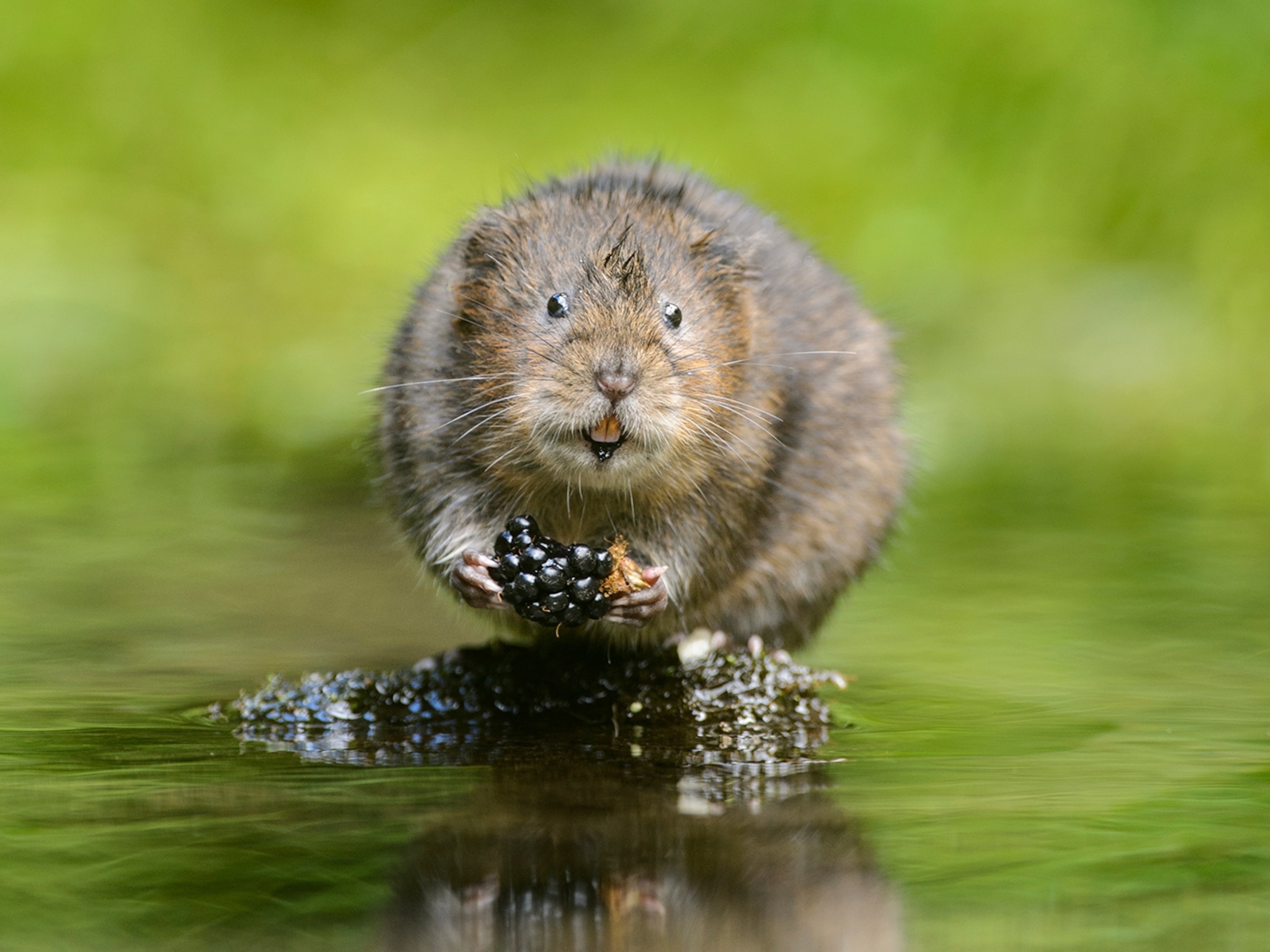The Sky Island region of southern Arizona and New Mexico is a natural wonderland, one of the most biologically diverse parts of North America, where thousands of animal species live and roam across the U.S.-Mexico border.
A patchwork of valleys, hills, and mountain ranges act as corridors to allow creatures such as jaguars, ocelots, black bears, bighorn sheep, and coati to move about the region. Hundreds of species are found here and nowhere else in the U.S., including jaguars, colorful birds called elegant trogons, lowland burrowing tree frogs, and brown vine snakes.
But while the nation is focused on fighting the coronavirus pandemic, the Trump administration is working to expand the border wall through the region, cutting off critical animal migration corridors. The Department of Homeland Security this month paved the way to build more than 175 miles of new walls, much of it in remote, mountainous terrain.
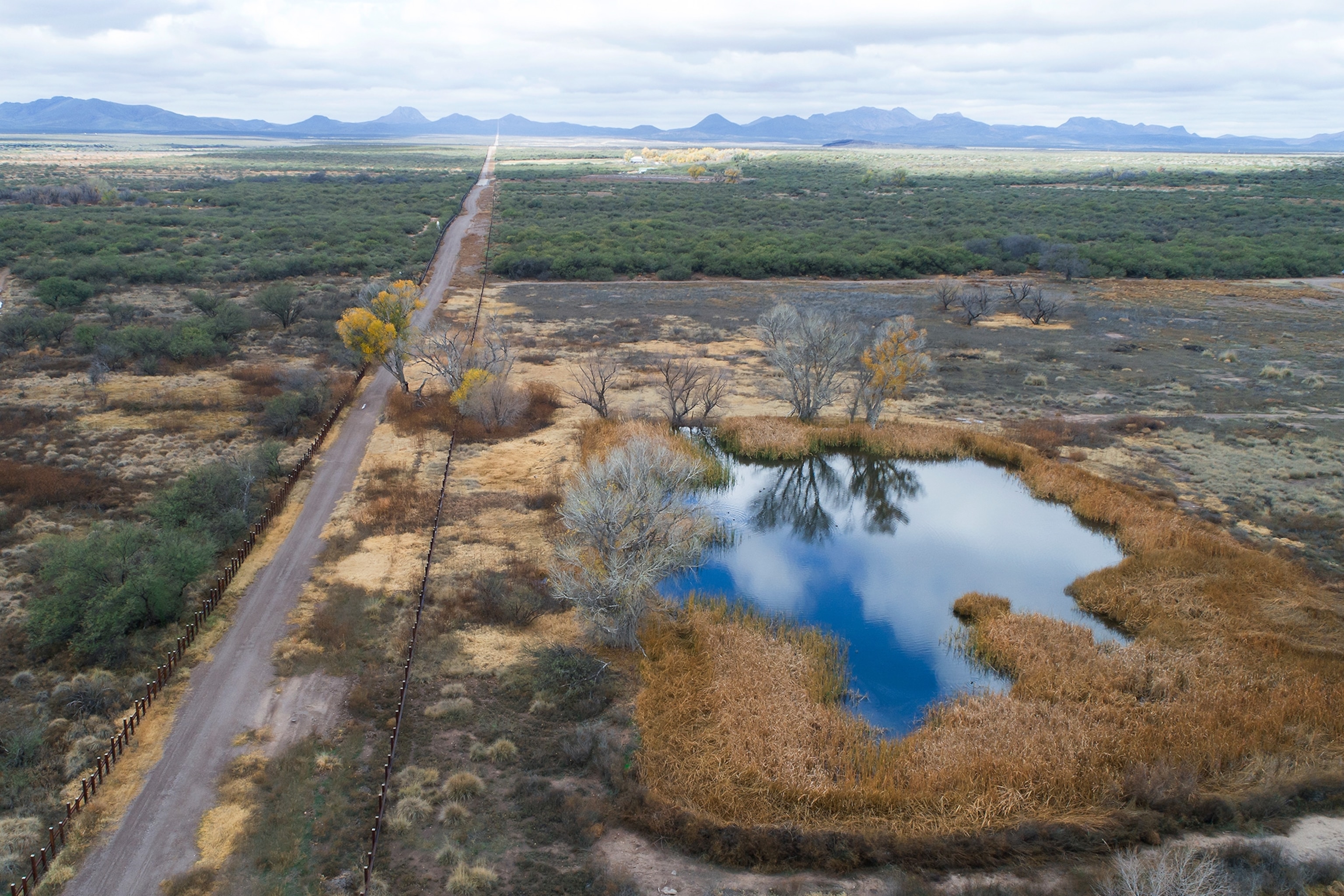
“Building this wall through the heart of the Sky Islands will sever the pathways that wildlife use to move around,” says Louise Misztal, executive director of the Sky Island Alliance, a nonpartisan environmental group in Arizona.
To start building the new sections, potentially within weeks or months, the Department granted waivers on March 16 to allow construction crews to not comply with 37 different laws, including the Endangered Species Act.
Customs and Border Protection spokesperson Matthew Dyman says that though the Department of Homeland Security issued waivers of “environmental laws for these projects to ensure the expeditious construction of barrier, CBP remains committed to the protection of the nation’s important cultural and natural resources.” Moreover, he says, the department “conducts environmental surveys of each project area to [identify] any threatened and endangered species and other sensitive plants and wildlife that may be present.”
Environmentalists have raised concerns about massively expanding the border wall while watchdog groups, citizens, and journalists are homebound or distracted by the coronavirus pandemic. Randy Serraglio, a wild cat specialist and conservationist with the Center for Biological Diversity, a nonprofit environmental group, says it’s “outrageous” that wall construction is going forward, as federal resources expended here could be better used to fight the novel coronavirus.
Besides the newly approved sections, more than 100 miles of wall are actively under construction elsewhere in Arizona, including in natural areas like Organ Pipe Cactus National Monument.
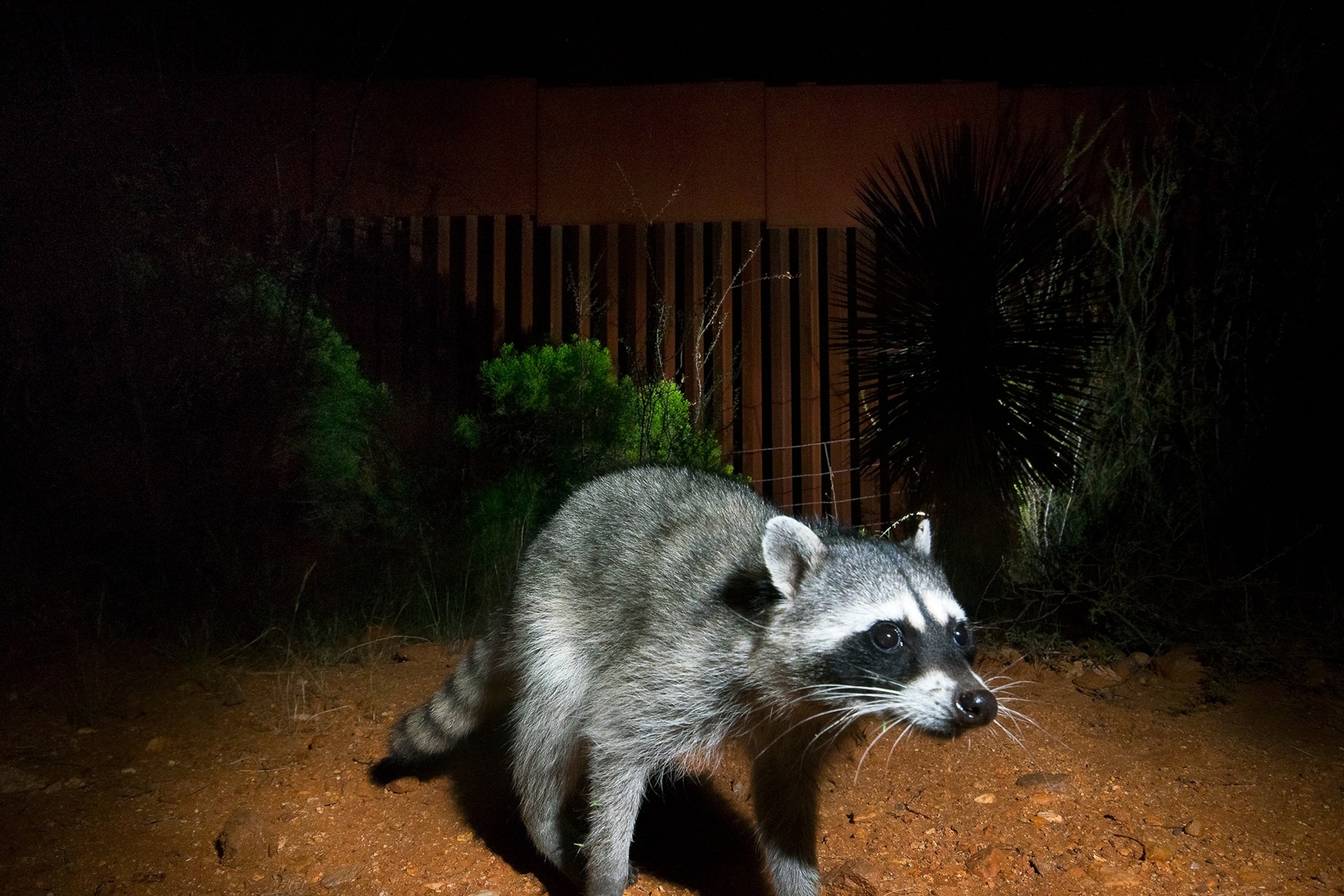
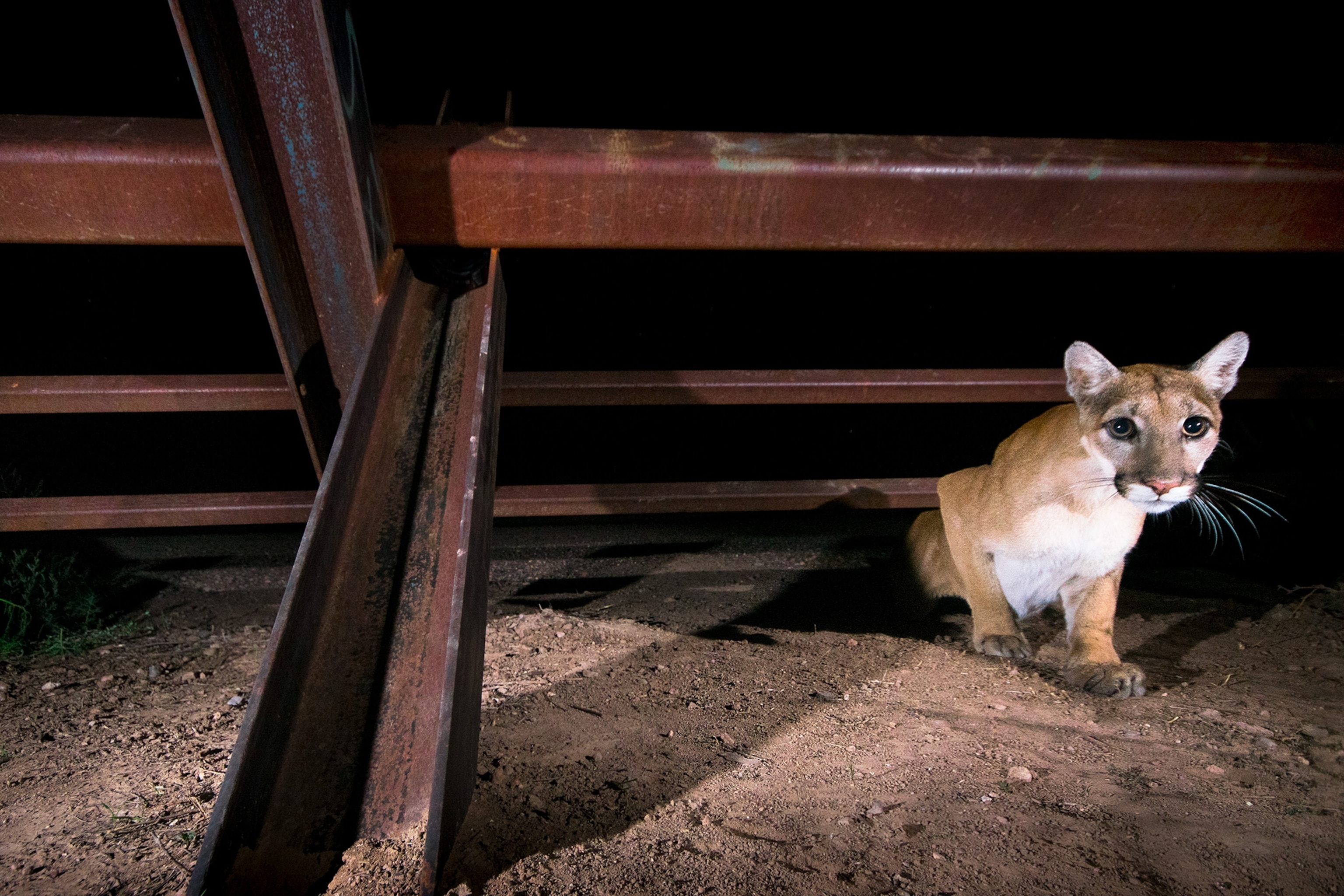
Ecological ‘disaster’
It’s “an ecological disaster in the making” for jaguars and other species that need to cross the border to survive, Misztal says. Though the nearest breeding population of jaguars is in northern Sonora, Mexico, roaming cats regularly come north of the U.S. border, where they were once widespread.

The Department of Homeland Security, which oversees U.S. Customs and Border Protection and the Border Patrol, granted the waivers earlier this month to build about 20 sections of wall in the two states, including more than 90 miles in Arizona, representing a quarter of its southern border. The taxpayer-funded work will cost well over $3 billion, and will be completed by contractors working with the Army Corps of Engineers and Department of Defense. The funds were diverted from the Pentagon
’
s budget after President Donald Trump’s controversial decision in February 2019 to declare a national emergency over border security.
Typically such a massive undertaking would require numerous ecological studies and adherence to laws such as the National Environmental Policy Act. But under the 2005 Real ID Act, the head of the Department of Homeland Security may waive any law to build the wall.
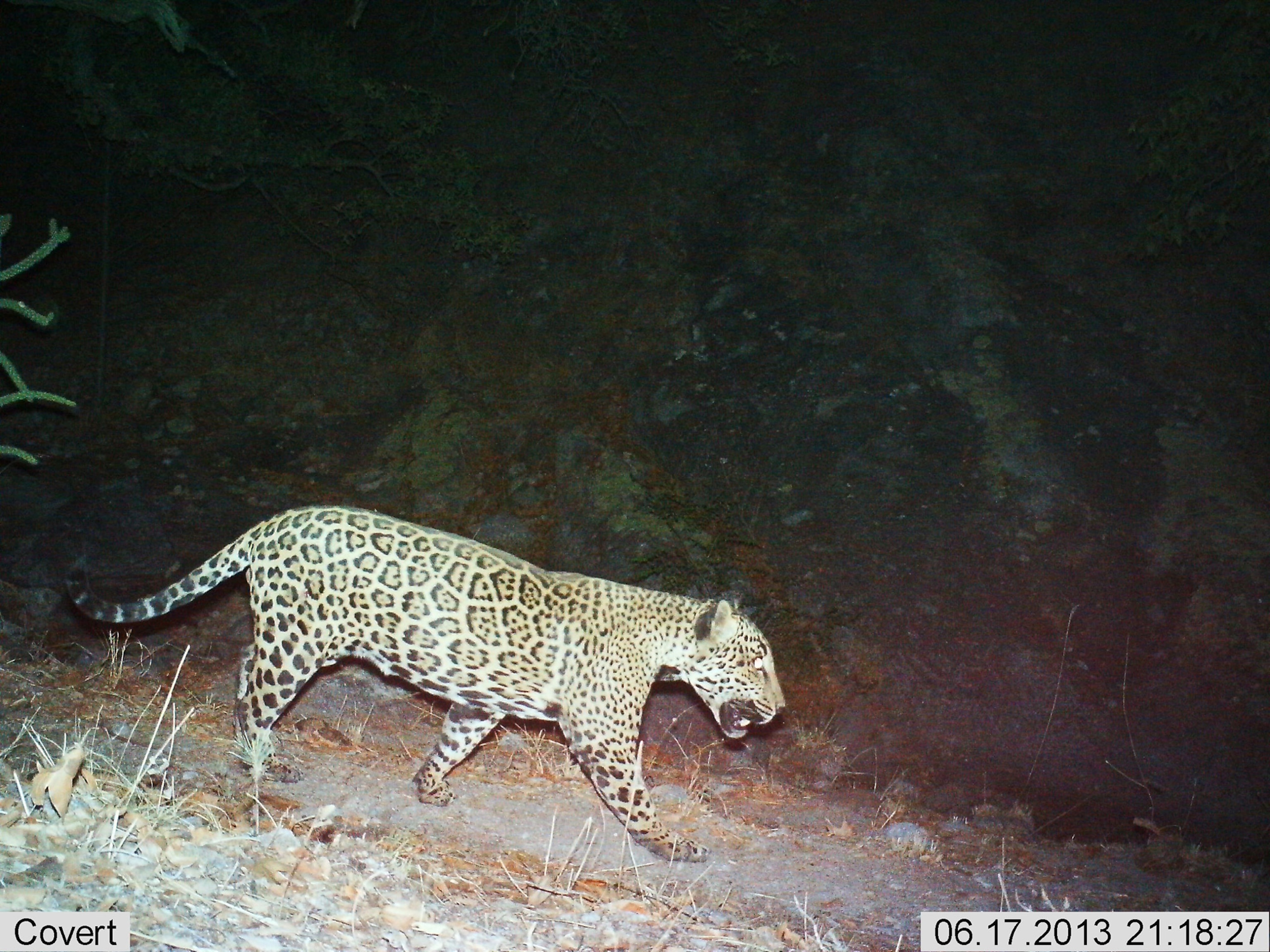
Questioned about the wall’s environmental impact, Dyman said Customs and Border Protection is coordinating with the Fish and Wildlife Service to “specifically address potential impacts to the jaguar,” and plans to incorporate some wildlife passages. A total of 40 sites for small animal passages have been “identified along the border within the Organ Pipe Cactus National Monument and... along the border east of Douglas, Arizona.” The wall will be flanked, however, by roads and bright lights in some areas, potentially dissuading animals from crossing.
Jaguars at risk
New wall segments consist of 30-foot bollard-style barriers, made of steel beams with four-inch gaps too small to allow many animals through. They also impede low-flying birds, including the endangered ferruginous pygmy owl. Building such walls in rugged areas is difficult and expensive, there are relatively low rates of illegal crossings, and other technologies like motion-sensors and cameras are already in use.
These mountainous stretches may not facilitate human travel but they’re vital for animal migration, says Myles Traphagen, a conservation scientist with Wildlands Network, a nonpartisan environmental group dedicated to preserving wildlife corridors.
With the new wall, “the recovery of the jaguar in the United States would come to a grinding halt,” Traphagen says.
In 2014, the Fish and Wildlife Service designated 1,200 square miles of critical habitat for the jaguar in Arizona and New Mexico. It's land deemed crucial to the recovery of the species in the country, though scientists agree much of the region’s highlands could support jaguars. Before European settlement, the cats lived as far north as the Grand Canyon.
The eight jaguars seen in Arizona or New Mexico since 1996 have been confirmed or presumed to be male. Males wander widely in search of sustenance and mates. The last confirmed female in Arizona was shot in 1963; Now the nearest known females live in northern Sonora, but given protection and open corridors, they could spread north to reclaim old territory.
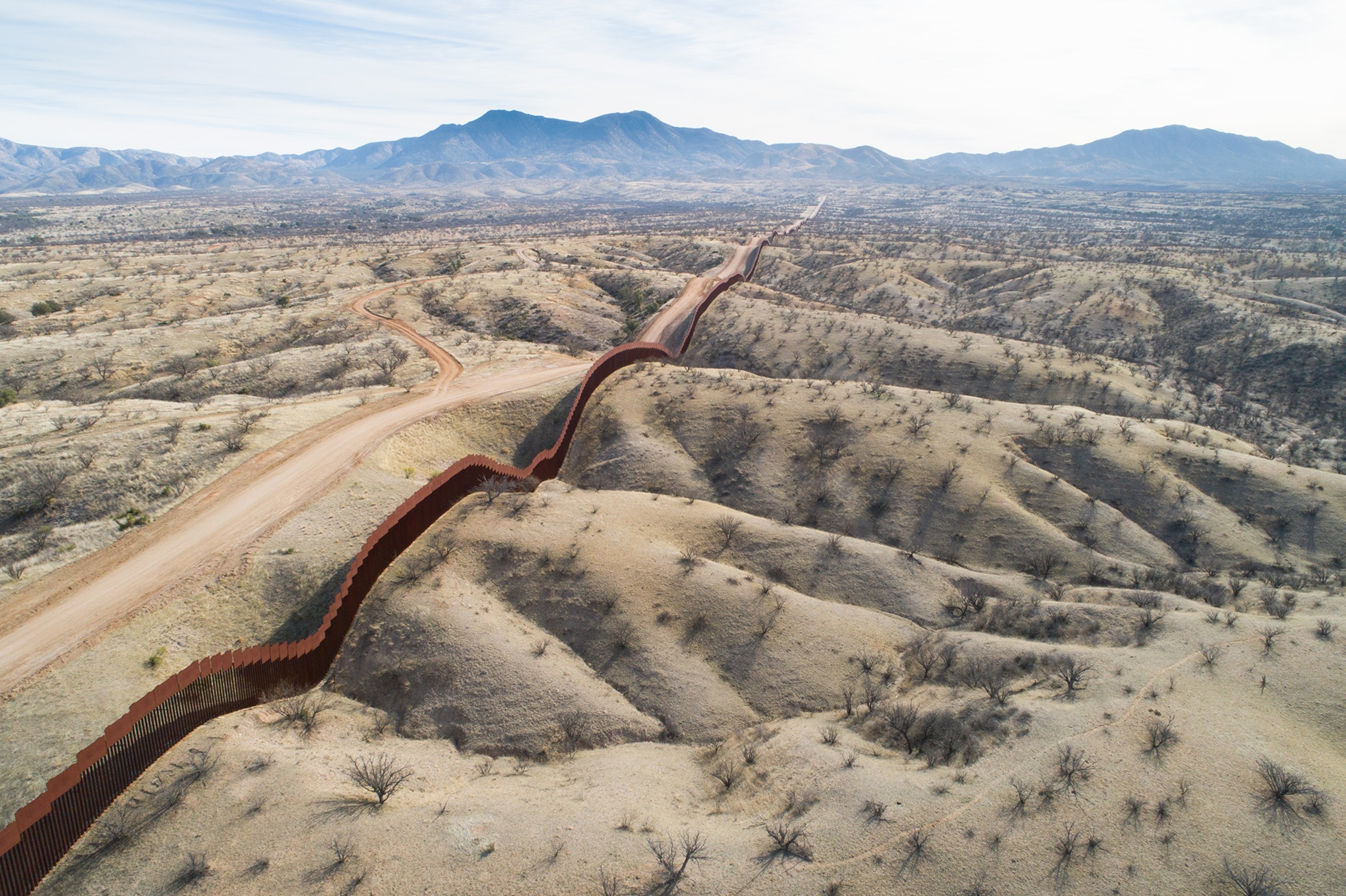
The most prominent jaguar, known as El Jefe, Spanish for “the Boss,” lived in Arizona, mostly in the Santa Rita Mountains from 2011 to 2015. This cat likely crossed the border through the Patagonia or Huachuca Mountains. Both areas are now slated for wall construction.
Jaguars are rarer today in the United States, but are still a flagship native species: Protecting them would indirectly help many other species, since they depend on vast stretches of wilderness with healthy populations of prey species, Serraglio says.
Traphagen says he’s even more concerned about the wall’s impact on common species. Deer, javelinas, turkeys, bobcats, mountain lions, bears, and other animals traverse the border to locate food and mates.
“If you wipe out their local and regional populations, there will be a cascading effect,” Traphagen says. “We could see a breakdown of the integrity of the ecological community.”
Despite the incredible animal diversity here, there are currently only two camera trap studies being done to survey what lives on the border now. The Sky Island Alliance runs one study in the Patagonia and Huachuca Mountains. Traphagen runs another camera study in San Bernardino National Wildlife Refuge, where wall construction is also planned.
The Center for Biological Diversity and other groups have sued, challenging the Department of Homeland Security’s ability to waive any law. Construction has proven mostly immune to lawsuits, though the Supreme Court could choose to hear this case in its current session.
The expansion of the wall into these areas “can only do bad things for jaguars,” says Howard Quigley, a researcher with Panthera, an organization dedicated to studying and saving big cats. “It’s not good for any type of wildlife. Any time you cause fragmentation of contiguous populations, you essentially start them on a slippery slope toward local extinction ... a death by a thousand cuts.”
